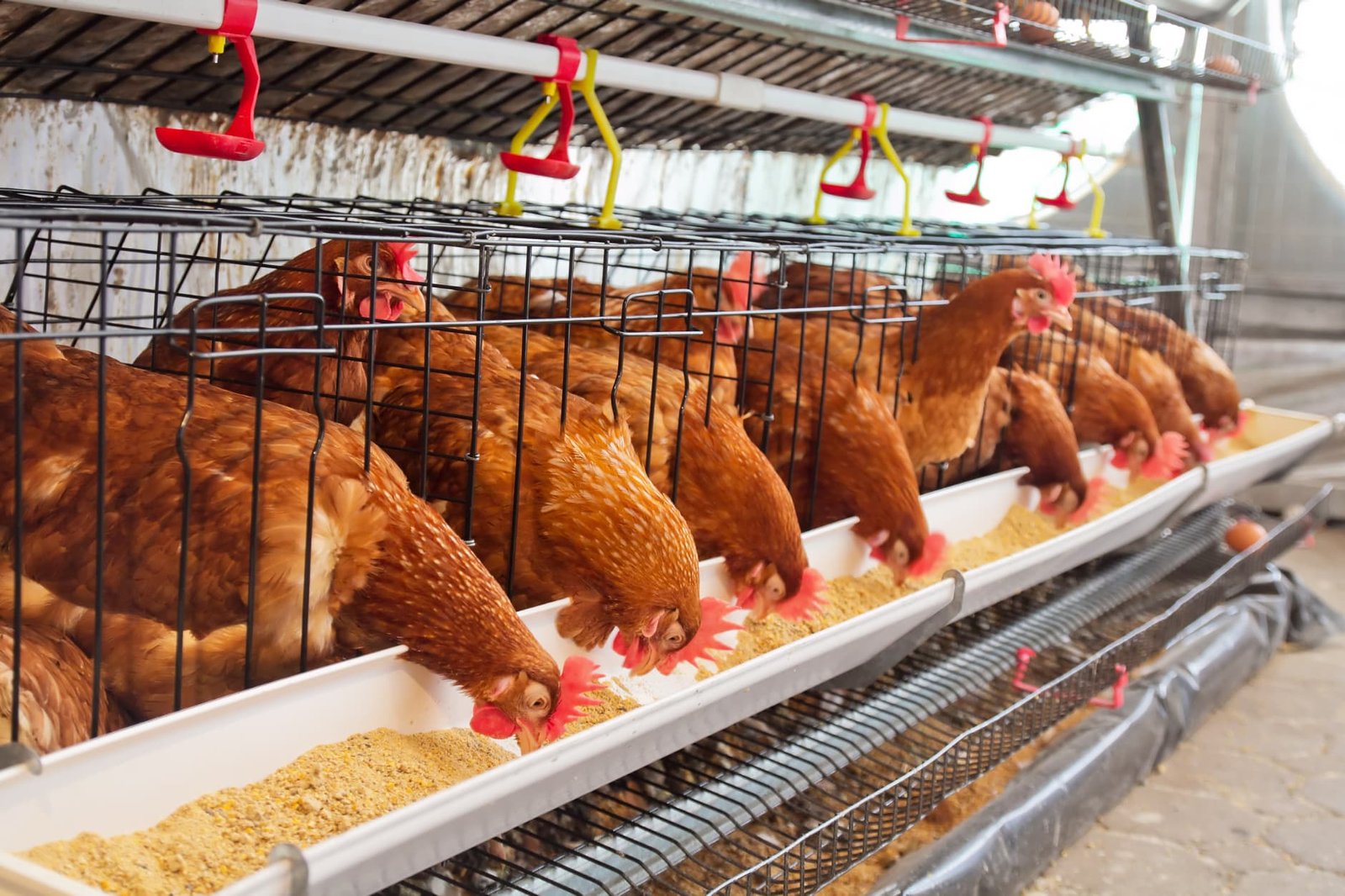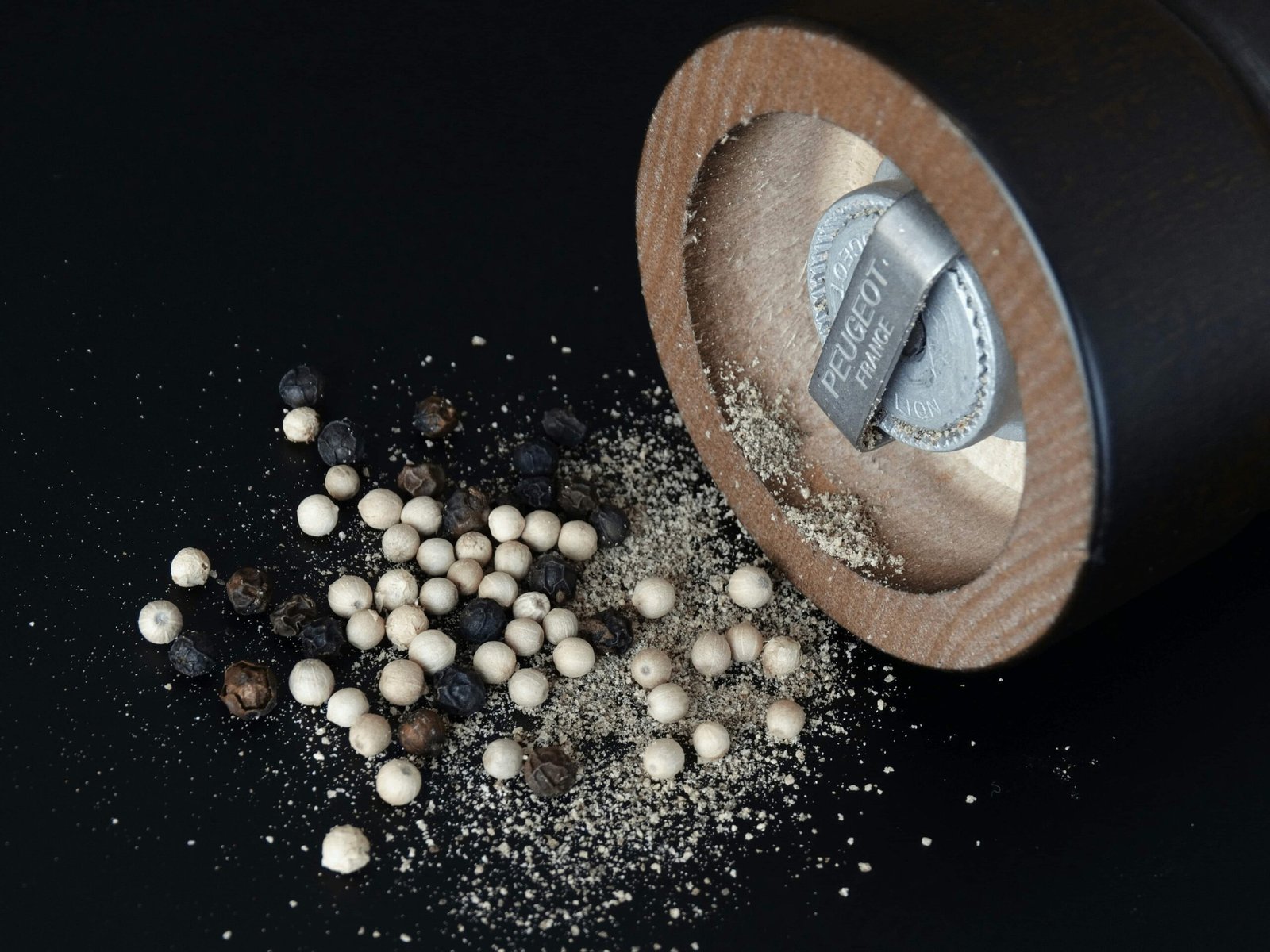Introduction
If you’re like me, you love to cook and eat fresh produce. If you own a retail shop, however, it can be hard to keep your fruits and vegetables fresher for longer. There are several ways that you can help your products stay fresher longer.
- Introduction
- Store fruits and vegetables at the right temperature
- Use ethylene-removing packets or bags
- Use the proper packaging to keep moisture out
- Keep cold air circulating around your produce
- Store fruits and vegetables in separate sections of your cooler or freezer.
- The right kind of refrigerator will keep your produce fresher for longer
- Conclusion
Store fruits and vegetables at the right temperature
You’ll want to store fruits and vegetables in separate areas of your retail shop, so that they don’t spoil each other. Fruits should be kept at a temperature between 32 and 45 degrees Fahrenheit, while vegetables should be stored at a temperature between 40 and 50 degrees Fahrenheit. If you’re unsure whether or not your produce is fresh enough to sell, check the “best before” or “use by” dates on the packaging.

While there are many factors that influence how long fruits and vegetables last after being picked (such as storage conditions), the following table can help you determine how long different kinds of fresh produce will stay good for:
Use ethylene-removing packets or bags
You can find ethylene-removing packets and bags at your local grocery store. These items, which are often located with the produce, are designed to remove ethylene from fruits and vegetables.
The chemical compound is naturally produced by plants, but it’s also found in certain foods—like bananas and apples—and is released when they ripen. Once it’s released into the air, it causes other nearby produce to ripen too quickly as well. Removing ethylene can help you keep your fresh goods fresher for longer periods of time while maintaining their color and quality.
Use the proper packaging to keep moisture out
The most important thing to remember is to use the proper packaging. Avoid paper bags, wrap, and other porous materials if you can. They allow moisture to pass through them and will cause your produce to rot.

Instead of using plastic wrap directly on your produce for storage or transportation, try using a moisture-resistant bag or container with an airtight seal that won’t allow any moisture in or out. You can also look into food safe plastic liners designed specifically for storing delicate fruits and vegetables like lettuce leaves or cucumbers by keeping them upright without crushing them while they’re in transit (which helps prevent bruising).
Keep cold air circulating around your produce
The key to keeping your produce fresh is to keep cold air moving around it. This will help prevent moisture from developing, which can cause mold and rot. You can do this by keeping a fan on in your refrigerator, but make sure that it’s blowing across the floor rather than directly at the fruit and vegetables.
Use a thermometer to measure how cold your refrigerator is when you put something inside; if it’s above 35 degrees Fahrenheit (2 degrees Celsius), turn up the temperature until you’ve reached 32 degrees Fahrenheit (0 degrees Celsius).
Store fruits and vegetables in separate sections of your cooler or freezer.
Keep fruits and vegetables in separate sections of your cooler or freezer. You should never store apples and potatoes together, because they have different storage requirements. For example, apples can be stored at room temperature for up to three weeks while potatoes will only last 2-3 days. When you’re storing fruits and vegetables that have similar storage times, it’s okay to store them in the same section of your cooler or freezer—but keep them divided by type (e.g., separate apples from bananas).
The right kind of refrigerator will keep your produce fresher for longer
It’s very important to have the right kind of refrigerator. You can’t just buy any old fridge, because it needs to be set at the right temperature, humidity, light and air circulation.

The ideal refrigeration temperature for most fruits and vegetables is between 0°C (32°F) and 4°C (39.2°F), with a relative humidity range of 85–90 percent. This means that your produce won’t get too cold or too dry in storage, which helps keep them fresh for longer periods of time.
Conclusion
In the end, the most important thing to remember is that keeping your produce fresher for longer is better for your customers and your business. It’s also nice to know that there are many different ways to do so—no matter what kind of shop you have or what type of produce you sell!









